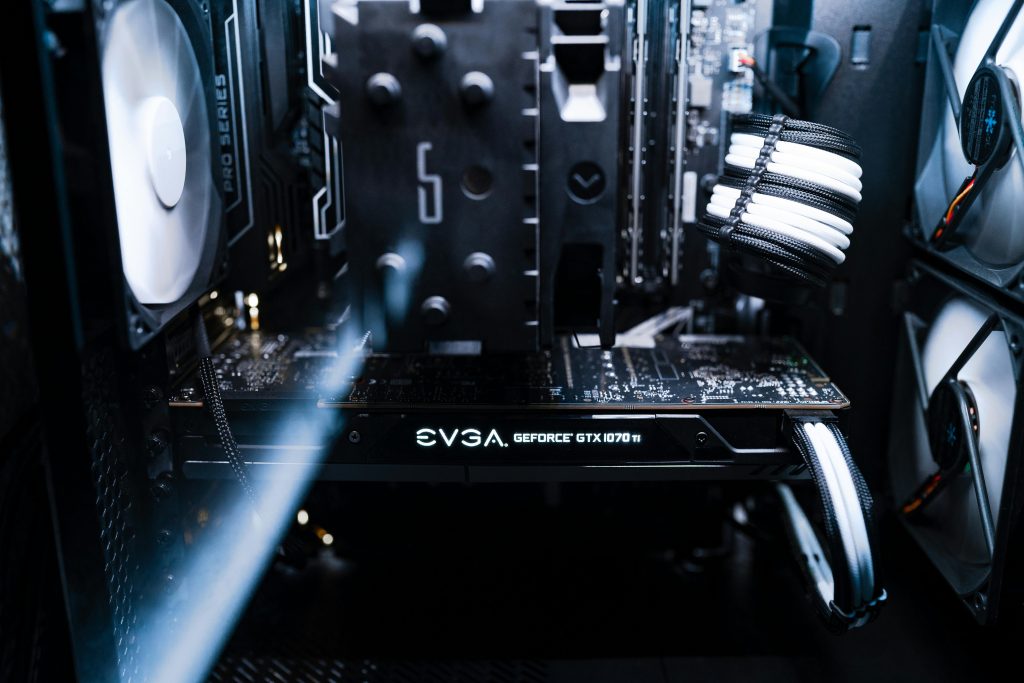The Heart-Wrenching Reality of Losing Precious Memories: A Cautionary Tale
If you’ve ever experienced the panic of losing cherished moments captured in photographs and videos, you’ll understand the depths of despair felt in situations like mine. Recently, I faced a heart-wrenching ordeal when my SD card unexpectedly started deleting my cherished files, including countless images and videos of my children.
To provide some context, my husband gifted me an SD card to help expand my phone’s storage capacity, allowing me to save more precious memories of our family. Excited to organize our digital collection of kids’ milestones, I began transferring files. Suddenly, the unthinkable happened—the SD card began deleting items on its own. In a matter of moments, hundreds of memories, including special moments captured since the birth of my youngest son just a few months ago, vanished before my eyes.
The overwhelming emotions hit me hard—tears flowed, and a wave of nausea washed over me. Losing those memories felt like losing a part of my family. The thought of how irreplaceable those moments are is nearly unbearable. I often tell people that if our home were ever to catch fire, the very first things I would grab (excluding my children and pets, of course) would be my phone and my flash drive packed with photographs and videos.
This experience has left me with a desperate question—can these precious memories be recovered? If you’re in a similar situation or just want to be prepared, here are some steps you can take to potentially recover lost files and safeguard your precious memories in the future:
Steps to Recover Lost Files from an SD Card
-
Stop Using the SD Card: The first step in recovery is to cease any further use of the SD card to avoid overwriting the deleted data.
-
Employ Data Recovery Software: There are various recovery tools available that specialize in retrieving deleted files from SD cards. Some popular options include Recuva, EaseUS Data Recovery Wizard, and Disk Drill. Always download software from reputable sources.
-
Connect to a Computer: Use an SD card reader to connect your card to a computer, which often provides a more straightforward way to run recovery software.
-
Follow Recovery Instructions: Each software will have specific instructions, so be sure to follow them closely to maximize your chances of recovery.
-
Consult a Professional: If the files are crucial and the software doesn’t achieve results, consider reaching out
Share this content:



